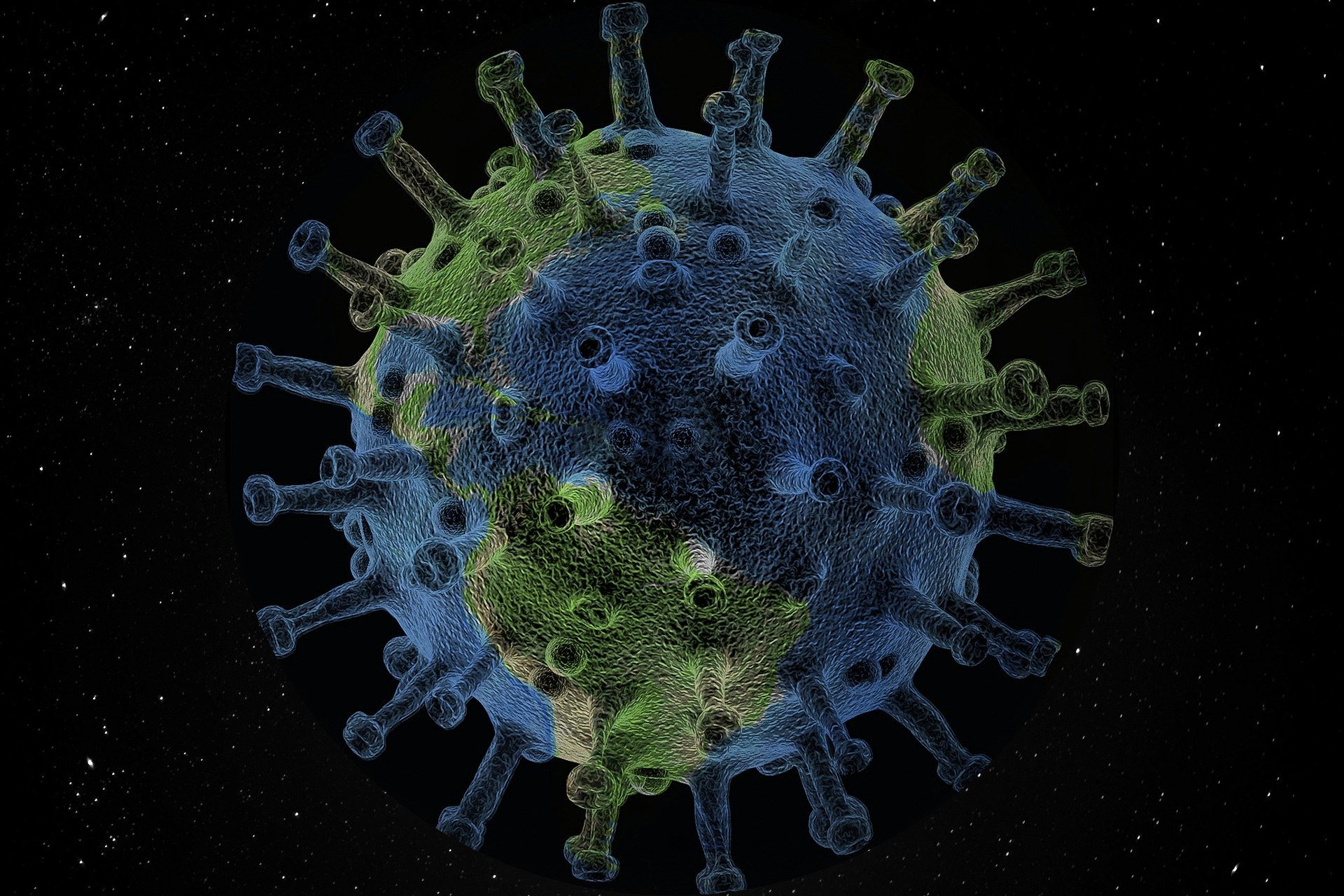
At the earliest, a vaccine against the novel coronavirus SARS-CoV-2 should be available by next year. At least that’s what medical experts say. However, that’s only if everything goes well. That’s because it normally takes up to 15 years from when development on a vaccine starts until it is approved. A major problem facing the development of new drugs involves sifting through all available substances until the most suitable ones are found. That’s why this process is so lengthy and can cost billions of euros.
An international team of researchers from the Freie Universität Berlin and the Technische Universität Berlin has now succeeded in developing a platform that can examine billions of potential active ingredients within a very short time. The scientists have now begun using this platform in their search for potential active substances that might block the coronavirus proteins.
Generally speaking, medical drug research is based on a kind of lock-and-key principle. The so-called small molecules (keys) fit into a particular binding site (lock) of the disease-causing protein. That’s how they switch it off. The problem with this principle, however, is that there is potentially a vast number of relatively well-fitting keys (small molecules) that could form the basis for a new medical substance. In principle, they all have to be tested. However, computer simulations could be used to replace these costly laboratory experiments. Above all, this could significantly speed up this process.
Computer simulation as opposed to laboratory experiments
“We can test the ability of a small molecule to bind to a pathogenic protein (also known as ‘docking’) via computer simulations,” Christoph Gorgulla explains. He did his doctorate at the FU Berlin. The key results of a paper published in the science journal Nature are based on his dissertation. “We refer to this as ‘virtual screening’ when you do this with a large number of small molecules. This method already exists. Yet so far only a comparatively limited number of small molecules could be routinely tested with these types of virtual screenings.
Therefore, the researchers sought a virtual way to screen substantially more small molecules than was previously possible. “We were not just interested in the classic distinction between ‘fits‘ and ‘doesn’t fit‘. But also in ‘fits better‘ and ‘doesn’t fit so well.‘ That is because this level of adhesive strength represents one of the most important properties of active substances,” Gorgulla emphasizes.
This is why the team created one of the world’s largest libraries of docking molecules. They did this by calculating the three-dimensional geometry of more than 1.4 billion small molecules. And then registered these in a database. Researchers around the world are able to access this database. The research team also developed the “Virtual Flow” platform. Computer simulations enable billions of small molecules to be tested in parallel on their ability to bind to a specific protein within a short period of time.
Supercomputer
“Instead of running on an ordinary computer, ‘Virtual Flow‘ runs on supercomputers. These are made up of many thousands of processors. It also works on the cloud,” states Dr. Konstantin Fackeldey, a private tutor at the Institute for Mathematics at the TU Berlin. “For example, we have tested ‘Virtual Flow‘ on Google’s cloud platform. That uses up to 160,000 processors.”
“Virtual Flow” even takes an additional complexity into account, the scientists state. “Proteins are mobile so that the specific, three-dimensional binding site for the small molecules on a protein can also vary under certain conditions. This potential mobility of the binding sites has been accounted for in the mathematical simulation.”
The Berlin researchers are supported by Google. The company has already provided them with additional funds to use its cloud computing platform in their search for potential active substances for treating the coronavirus. “Although virtual screenings can be very fast, we don’t expect this approach to lead to an approved active substance in the short term,” Konstantin Fackeldey underlines. “Still, these screenings can direct the search for potential active substances much more effectively.”
Ultimately, however, the approval of a drug invariably requires laboratory experiments and clinical studies. And that tends to be exceptionally time-consuming. “Virtual Flow” is available as a free open-source platform to all scientists all over the world.








